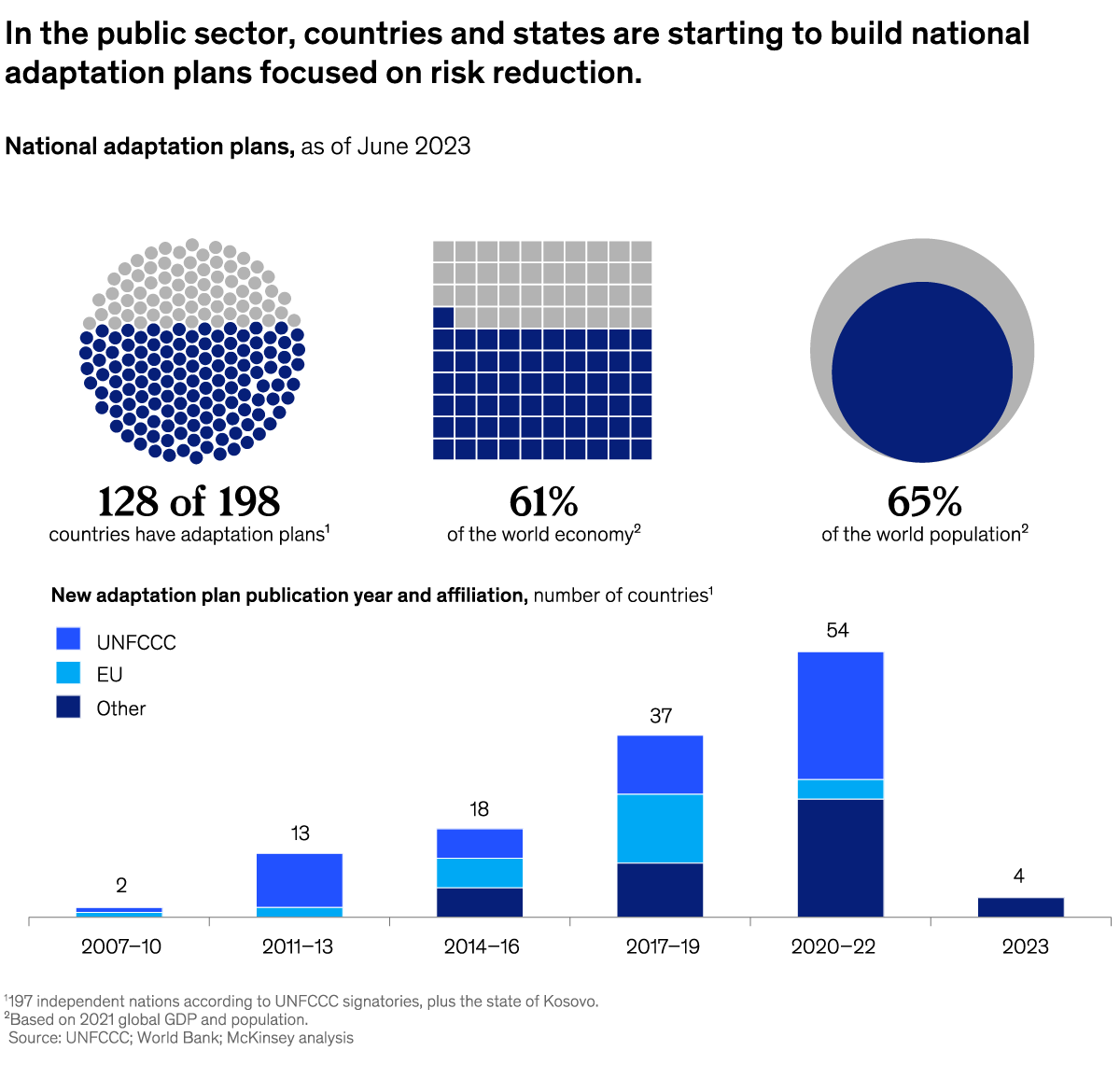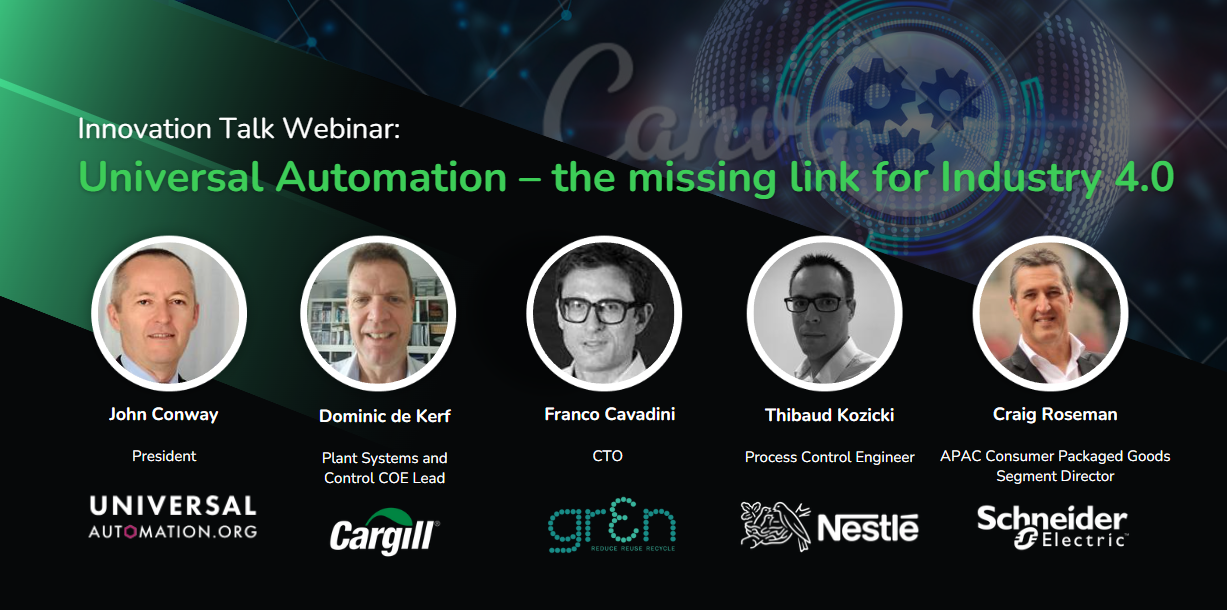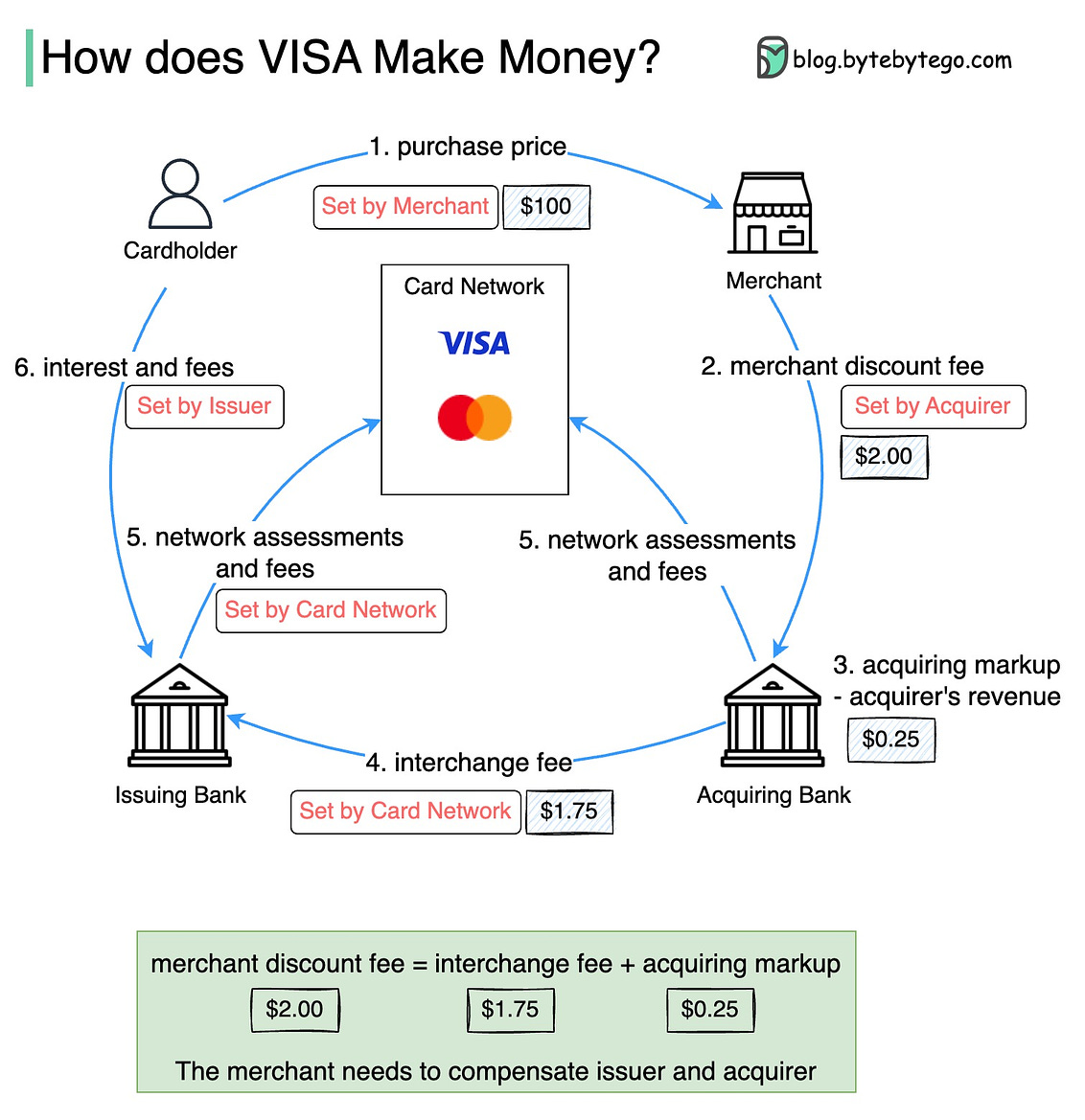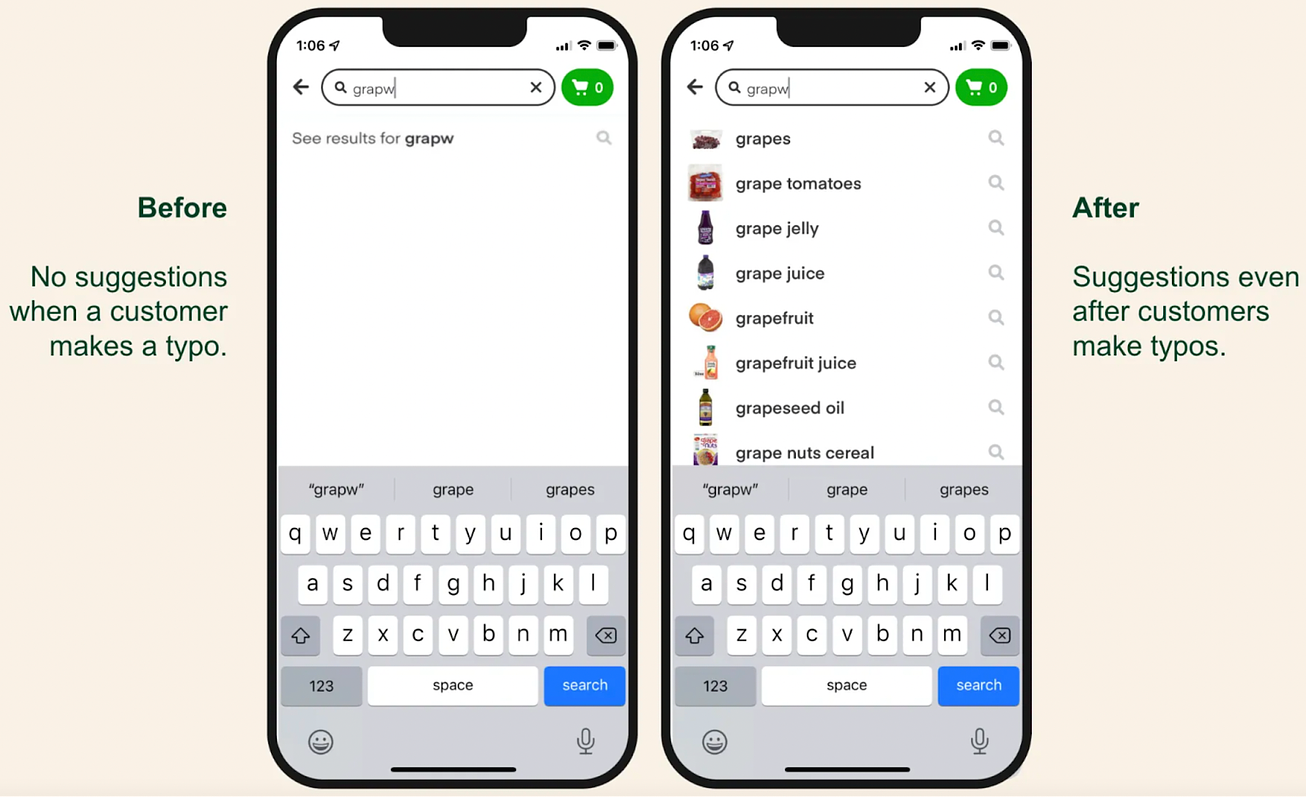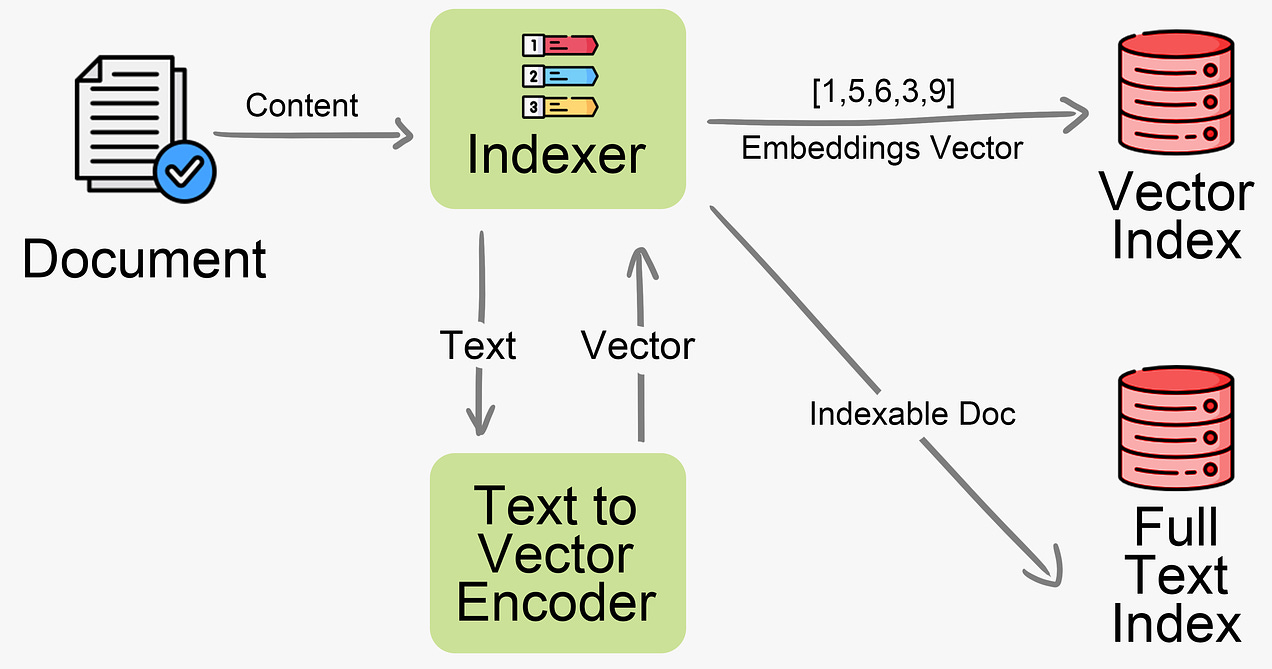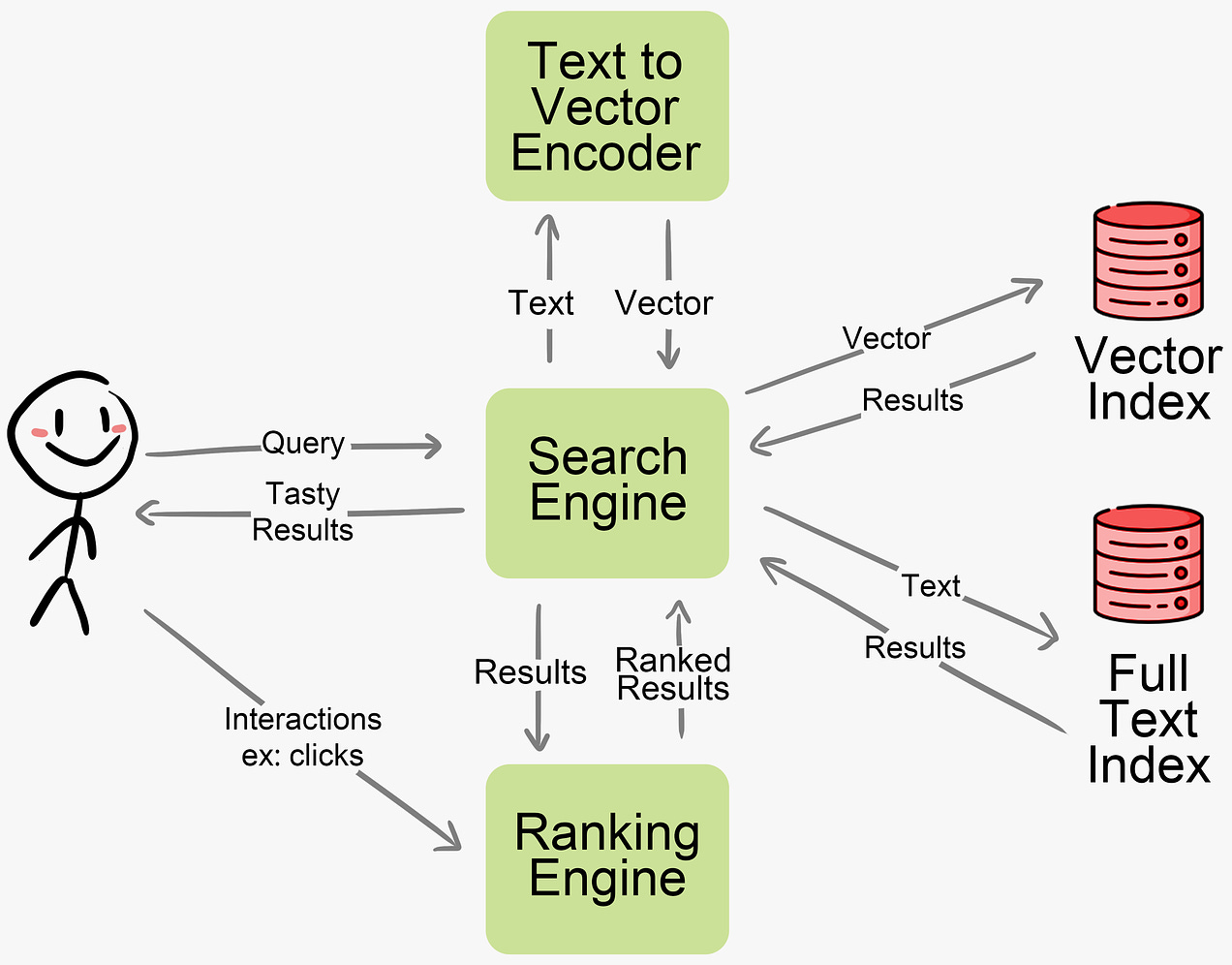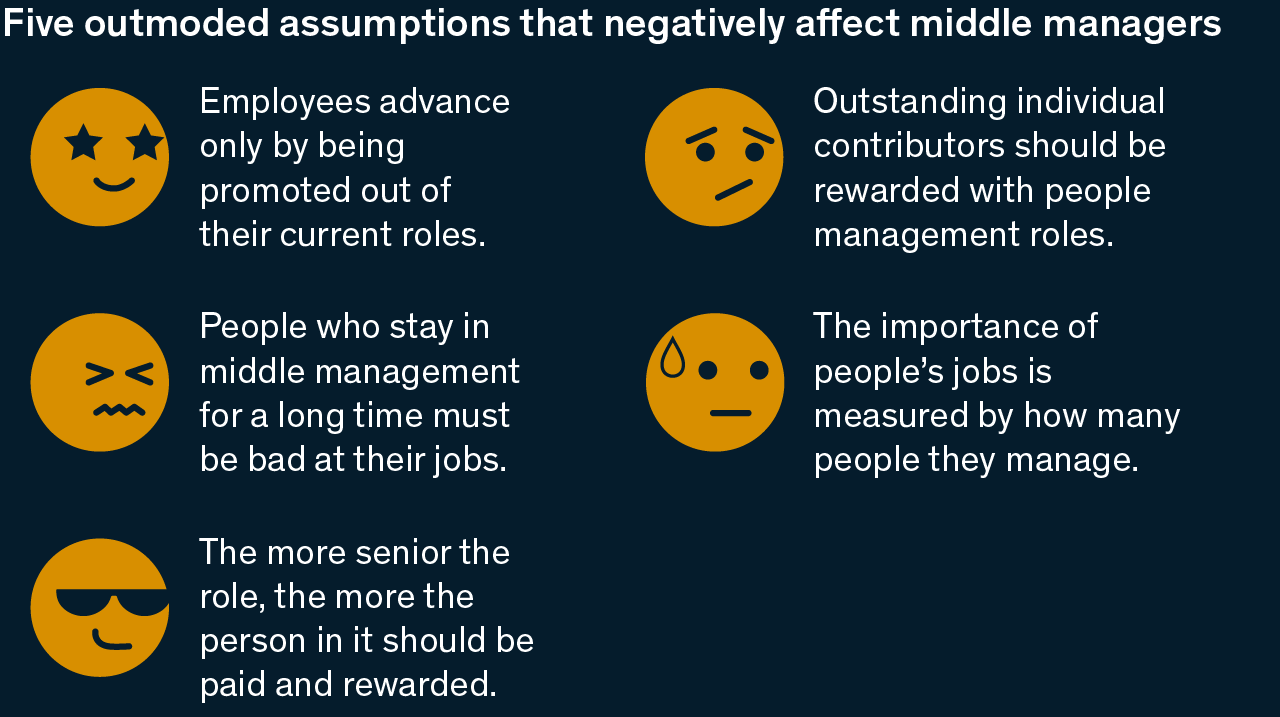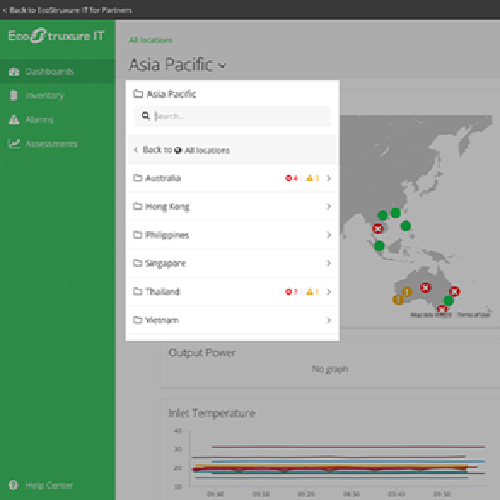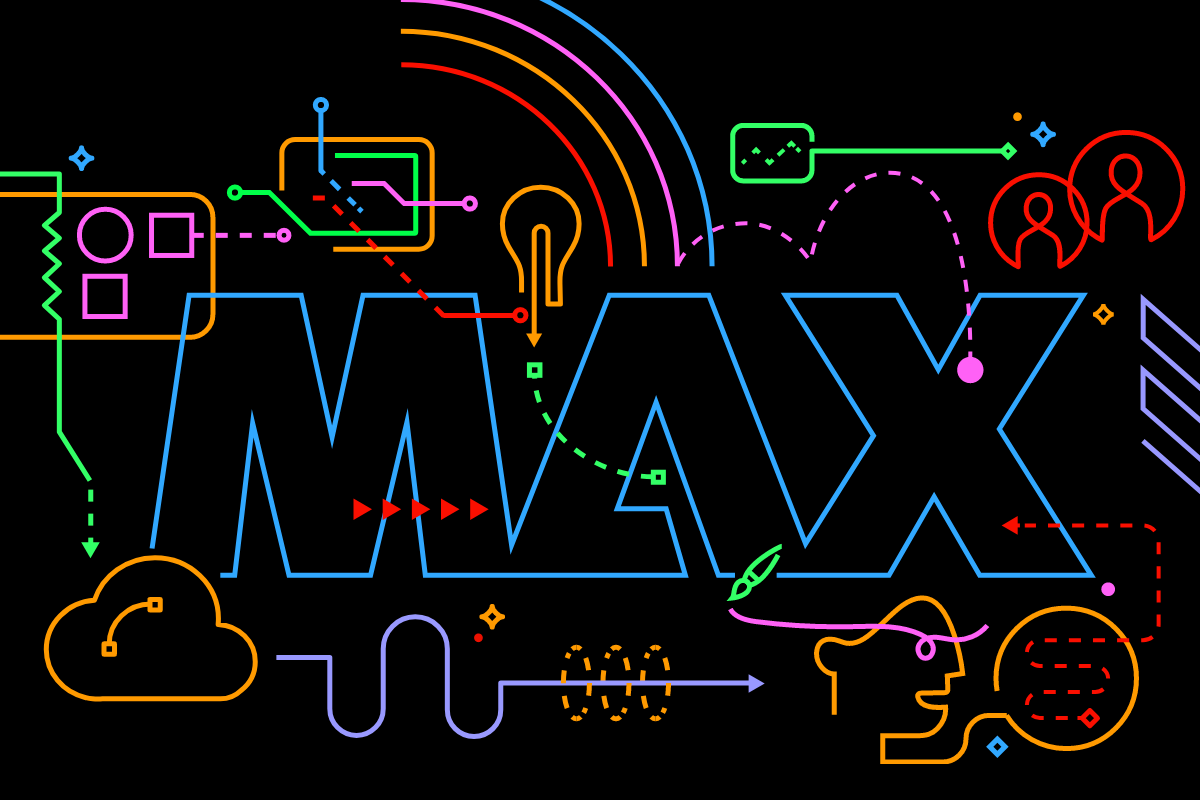Archives
- By thread 5364
-
By date
- June 2021 10
- July 2021 6
- August 2021 20
- September 2021 21
- October 2021 48
- November 2021 40
- December 2021 23
- January 2022 46
- February 2022 80
- March 2022 109
- April 2022 100
- May 2022 97
- June 2022 105
- July 2022 82
- August 2022 95
- September 2022 103
- October 2022 117
- November 2022 115
- December 2022 102
- January 2023 88
- February 2023 90
- March 2023 116
- April 2023 97
- May 2023 159
- June 2023 145
- July 2023 120
- August 2023 90
- September 2023 102
- October 2023 106
- November 2023 100
- December 2023 74
- January 2024 75
- February 2024 75
- March 2024 78
- April 2024 74
- May 2024 108
- June 2024 98
- July 2024 116
- August 2024 134
- September 2024 130
- October 2024 141
- November 2024 171
- December 2024 115
- January 2025 216
- February 2025 140
- March 2025 220
- April 2025 233
- May 2025 239
- June 2025 303
- July 2025 177
-
Net zero must also be net affordable, net reliable, net competitive
The Shortlist
Four new insights
by "McKinsey CEO Shortlist" <publishing@email.mckinsey.com> - 04:43 - 1 Dec 2023 -
What is the global stocktake?
On Point
See our McKinsey Explainer Brought to you by Liz Hilton Segel, chief client officer and managing partner, global industry practices, & Homayoun Hatami, managing partner, global client capabilities
•
Focus on fossil fuels. In 2030, countries across the globe are expected to produce roughly twice the amount of fossil fuels than would be allowed under global warming goals set in 2015, according to a new UN report. Phasing out fossil fuels is “one of the pivotal issues” that UN member nations are discussing at COP28, said a scientist and one of the report’s main authors. None of the world’s 20 biggest fossil fuel producers have agreed to limit coal, gas, and oil production to levels consistent with keeping global warming to 1.5°C. [Reuters]
•
Cutting greenhouse gases. The global stocktake report outlines four areas in which progress is necessary. One area, mitigation, highlights the need to reduce greenhouse gas emissions by 43, 60, and 84% from 2019 levels by 2030, 2035, and 2050, respectively, to limit global warming to 1.5°C. See our McKinsey Explainer to connect with McKinsey experts—such as senior partner Cindy Levy and colleagues—on the global stocktake and discover what could happen now as UN member states consider the stocktake’s recommendations.
— Edited by Belinda Yu, editor, Atlanta
Introducing Insights to Impact
Be among the first to subscribe to this free newsletter delivering a weekly roundup of analysis that’s influencing decision makers. Each Friday, we’ll offer insights across geographies, industries, and capabilities to help leaders identify new opportunities to spur innovation and growth, sustainably.
Click to subscribeThis email contains information about McKinsey's research, insights, services, or events. By opening our emails or clicking on links, you agree to our use of cookies and web tracking technology. For more information on how we use and protect your information, please review our privacy policy.
You received this email because you subscribed to the On Point newsletter.
Copyright © 2023 | McKinsey & Company, 3 World Trade Center, 175 Greenwich Street, New York, NY 10007
by "McKinsey On Point" <publishing@email.mckinsey.com> - 01:19 - 1 Dec 2023 -
The path to net zero, family-owned businesses, public–private–philanthropic partnerships to address climate change, and more: The Daily Read weekender
Ease into the weekend with these reads Brought to you by Liz Hilton Segel, chief client officer and managing partner, global industry practices, & Homayoun Hatami, managing partner, global client capabilities
QUOTE OF THE DAY
chart of the day
Ready to unwind?
—Edited by Joyce Yoo, editor, New York
Share these insights
Did you enjoy this newsletter? Forward it to colleagues and friends so they can subscribe too. Was this issue forwarded to you? Sign up for it and sample our 40+ other free email subscriptions here.
This email contains information about McKinsey’s research, insights, services, or events. By opening our emails or clicking on links, you agree to our use of cookies and web tracking technology. For more information on how we use and protect your information, please review our privacy policy.
You received this email because you subscribed to our McKinsey Quarterly Five Fifty alert list.
Copyright © 2023 | McKinsey & Company, 3 World Trade Center, 175 Greenwich Street, New York, NY 10007
by "McKinsey Daily Read" <publishing@email.mckinsey.com> - 12:06 - 1 Dec 2023 -
Watch On-demand Webinar: Hear real experiences from Cargill and Nestle about Universal Automation!
Schneider Electric
Watch On-demand
Don't miss the insightful dialogues from Cargill, Nestle, and Gr3N!Want to create hardware-independent automation applications?
Universal Automation is an independent, non-profit organization that enables and promotes a world of Plug & Produce industrial applications, where proven-in-use, vendor-independent software components are plugged together to realize advanced use cases in a cost-efficient and sustainable way, bridge IT and OT, and unleash full digitization of the industry.
Watch our recorded webinar of the panel discussion with UniversalAutomation.org (UAO) and three of their members, Cargill, Nestle, and Gr3n, to learn about the mission of the organization and to hear real experiences and use cases from industrial leaders in their journey towards true Industry 4.0.
+ Lifecycle Services From energy and sustainability consulting to optimizing the life cycle of your assets, we have services to meet your business needs. Schneider Electric
46 Rungrojthanakul Building. 1st, 10th, 11th Floor, Ratchadapisek Road. Huaykwang
Bangkok - 10310, Thailand
Phone +662 617 5555© 2023 Schneider Electric, All Rights Reserved. Schneider Electric trademarks are owned by Schneider Electric or its affiliated companies in the United States and other countries. All other trademarks are property of their respective owners.
by "Schneider Electric" <reply@se.com> - 10:01 - 30 Nov 2023 -
Discover the Benefits SmartBear's Open Source Tools Bring to the SDLC
SmartBear
[Dec 5] A great way to learn and connect with developersOpen-source tooling can be incredibly helpful in the software development lifecycle, with increased transparency and shorter development cycles. The SmartBear Open-Source team is coming together to talk about API Open-Source tools like SoapUI, Swagger, Pact and more.
We are excited to extend this invitation to you to join us next week on December 5. This webinar will be a great way to learn about API open-source tools that can be used in your API development. You will have also an opportunity to connect with developers and get involved in these communities.
 You Will Gain Insights into:
You Will Gain Insights into:- How and where to leverage SmartBear’s open-source tools in the SDLC
- The unique features and capabilities of SmartBear’s open-source tools
- How you can connect or get involved with our open-source communities


Hope to see you there!
Regards,
SmartBear API Team This email was sent to info@learn.odoo.com by SmartBear Software, 450 Artisan Way, Somerville, MA. 02145, 617684.2600, www.smartbear.com. We hope you found this email of interest. However, we value your privacy. If you do not wish to receive future correspondence from us, please click here to manage email preferences.
This email was sent to info@learn.odoo.com by SmartBear Software, 450 Artisan Way, Somerville, MA. 02145, 617684.2600, www.smartbear.com. We hope you found this email of interest. However, we value your privacy. If you do not wish to receive future correspondence from us, please click here to manage email preferences.
by "SmartBear API Team" <api-lifecycle-team@smartbearmail.com> - 02:53 - 30 Nov 2023 - How and where to leverage SmartBear’s open-source tools in the SDLC
-
An affordable, reliable, competitive path to net zero
Follow 7 principles This email contains information about McKinsey's research, insights, services, or events. By opening our emails or clicking on links, you agree to our use of cookies and web tracking technology. For more information on how we use and protect your information, please review our privacy policy.
You received this email because you subscribed to our McKinsey Global Institute alert list.
Copyright © 2023 | McKinsey & Company, 3 World Trade Center, 175 Greenwich Street, New York, NY 10007
by "McKinsey & Company" <publishing@email.mckinsey.com> - 02:12 - 30 Nov 2023 -
COP28: Driving climate action and growth
Your daily COP28 briefing Brought to you by Liz Hilton Segel, chief client officer and managing partner, global industry practices, & Homayoun Hatami, managing partner, global client capabilities
New from McKinsey & Company
While there’s been undeniable headway in reducing emissions, the world is not transitioning quickly enough to achieve the goals that societies, governments, and organizations envision. The transition must not only reduce emissions but do so affordably, reliably, and while enabling countries to remain competitive, according to new McKinsey Global Institute research led by Mekala Krishnan, Sven Smit, Humayun Tai, Daniel Pacthod, Tomas Nauclér, Blake Houghton, Jesse Noffsinger, and Dirk Simon. On the kick-off of COP28—two intense weeks to bring our world one step closer to net zero—explore the report and other recent insights on achieving a well-managed transition.
Join our virtual COP28 program to watch live, in-depth, inspiring discussions that drive climate action and growth, and bookmark the Sustainability Blog for daily conference highlights.For daily insights on COP28, visit our McKinsey Themes series.
— Edited by Eleni Kostopoulos, managing editor, New York
This email contains information about McKinsey's research, insights, services, or events. By opening our emails or clicking on links, you agree to our use of cookies and web tracking technology. For more information on how we use and protect your information, please review our privacy policy.
You received this email because you subscribed to our McKinsey Global Institute alert list.
Copyright © 2023 | McKinsey & Company, 3 World Trade Center, 175 Greenwich Street, New York, NY 10007
by "McKinsey & Company" <publishing@email.mckinsey.com> - 11:42 - 30 Nov 2023 -
Unlock Highly Relevant Search with AI
Unlock Highly Relevant Search with AI
We are considering launching a new ‘How We Built This’ series where we take a behind-the-scenes look at how innovative companies have created scalable, high-performing systems and architectures. Let us know if this is something you’d be interested in reading! Forwarded this email? Subscribe here for moreLatest articles
If you’re not a subscriber, here’s what you missed this month.
The 6 Most Impactful Ways Redis is Used in Production Systems
The Tech Promotion Algorithm: A Structured Guide to Moving Up
To receive all the full articles and support ByteByteGo, consider subscribing:
We are considering launching a new ‘How We Built This’ series where we take a behind-the-scenes look at how innovative companies have created scalable, high-performing systems and architectures. Let us know if this is something you’d be interested in reading!
In today’s issue, we are fortunate to host guest contributor Marcelo Wiermann, Head of Engineering at Y Combinator startup Cococart. He’ll be sharing insights into Cococart’s use of semantic search to power new in-store experiences.
How agile teams can leverage LLMs, Vector Databases, and friends to quickly launch cutting-edge semantic search experiences for fame & profit
It’s remarkable how so many things are made better with great search. Google made it easy for normal folks to find whatever they needed online, no matter how obscure. IntelliJ IDEA’s fuzzy matching and symbol search helped programmers forget the directory structure of their code bases. AirTag added advanced spatial location capabilities to my cat. A well-crafted discovery feature can add that “wow” factor that iconic, habit-forming products have.
In this post, I’ll cover how a fast-moving team can leverage Large Language Models (LLMs), Vector Databases, Machine Learning, and other technologies to create a wow-inspiring search and discovery experience with startup budget and time constraints.
Semantic Search
Semantic Search is a search method for surfacing highly relevant results based on the meaning of the query, context, and content. It goes beyond simple keyword indexing or filtering. It allows users to find things more naturally and with better support for nuance than highly sophisticated but rigid traditional relevancy methods. In practice, it feels like the difference between asking a real person or talking to a machine.
Tech companies across the world are racing to incorporate these capabilities into their existing products. Instacart published an extensive article on how they added semantic deduplication to their search experience. Other companies implementing some form of semantic search include eBay, Shopee, Ikea, Walmart, and many more.
The motivation for embracing semantic search is simple: more relevant results lead to happier customers and more revenue. Discovery, relevancy, and trustworthiness are some of the hardest problems to solve in e-commerce. An entire ecosystem of solutions exists to help companies address these challenges.
Many solutions today rely on document embeddings - representing meaning as vectors. Since semantic search alone may not provide sufficient relevant hits, traditional full-text search is often used to supplement resuts. A feedback loop based on user interactions (clickes, likes, etc.) provides input to continuously improve relevancy.
The key processes are: indexing, querying, and tracking
Indexing is done by converting a document’s content to an embeddings vector through a text-to-vector encoder (e.g. OpenAI’s Embeddings API). The vectors are inserted into a vector database (e.g. Qdrant, Milvus, Pinecone). Text-to-vector encoding models like sentence-transformers convert text snippets into numeric vector representations that capture semantic meaning and similarities between text. Documents are also indexed in a traditional full-text search engine (e.g. Elasticsearch)
Keep reading with a 7-day free trial
Subscribe to ByteByteGo Newsletter to keep reading this post and get 7 days of free access to the full post archives.
A subscription gets you:
An extra deep dive on Thursdays Full archive Many expense it with team's learning budget Like
Comment
Restack
© 2023 ByteByteGo
548 Market Street PMB 72296, San Francisco, CA 94104
Unsubscribe
by "ByteByteGo" <bytebytego@substack.com> - 11:40 - 30 Nov 2023 -
This month’s Remote Global update features two major announcements, insights on remote work, and an on-demand webinar to boost your contractor skills.
This month’s Remote Global update features two major announcements, insights on remote work, and an on-demand webinar to boost your contractor skills.
Discover the Remote Talent platform, the new Freelancer Hub, gain insights on remote work trends, and explore our on-demand webinar.
 november
2023
november
2023

Featured news
Say hello to Remote Talent: Revolutionizing Global Hiring!
Exciting news for businesses seeking top-notch international talent! Remote has launched Remote Talent, a trailblazing platform designed to transform the way companies recruit and manage global teams. Say goodbye to traditional job boards' limitations and hello to a world of opportunities.
🚀 Ready to expand your team's horizons? Explore Remote Talent Today and unlock the power of global talent! Special launch offer: 90% off your first listing!

New product announcement
Revolutionize Your Freelancing Game with Remote's New Freelancer Hub!
Step into the future of freelancing with Remote's newly launched Freelancer Hub! Designed to streamline your workflow, this all-in-one platform offers customizable contract templates, efficient client onboarding, and a seamless invoicing system. Say goodbye to payment uncertainties with lightning-fast payouts in your preferred currency
Ready to elevate your freelance business? Explore Remote Freelancer Hub today and sign up for free – no credit card required. Transform how you work, get paid, and grow!

Learning and insights
Return-to-office mandates aren’t working: Most workers are ready to quit for a remote job, even if it means a pay cut.
That’s bad news for bosses who are holding onto the hope of a full office return
How Leaders Can Build Stronger Teams Through Better Conversations
Opening up in the workplace can foster trust, improve morale and even drive better business outcomes.
Gen Zers are saying 'no thanks' to promotions for reasons that go beyond money
For years, the corporate path was clear: Work hard and get promoted! Become a manager! Climb the ladder!

On-demand webinar
Watch on-demand: Streamline contractor management with Remote
Dive into our on-demand webinar and unlock secrets to efficient contractor management. Learn how to streamline onboarding, minimize admin tasks, and simplify payments, with insights from Fluz's journey with Remote.

Need Help?
We're Here for You!
Search over 1,500 articles, visit our Help Center.

Live Chat for direct help inside your Remote dashboard.

Prefer a personal touch? Schedule a call with an expert.

.png?height=64&upscale=true&name=Youtube%20(5).png)

.png?height=64&upscale=true&name=twitter%20(4).png)
.png?height=64&upscale=true&name=instagram%20(1).png)
You received this email because you are subscribed to News & Offers from Remote Europe Holding, B.V
Update your email preferences to choose the types of emails you receive.
Unsubscribe from all future emailsRemote Europe Holding, B.V
Copyright © 2023 Remote Europe Holding, B.V All rights reserved.
Apollolaan 151 Unit 439 Amsterdam The Netherlands 1077AR
by "Remote" <hello@remote-comms.com> - 06:47 - 30 Nov 2023 -
[Online workshop] Troubleshooting Applications and back end performance with APM 360
New Relic
 Register for this free online workshop on the 14th December at 10 AM GMT/ 11 AM CET for a comprehensive introduction to New Relic APM 360, the cutting-edge solution for modern distributed applications.
Register for this free online workshop on the 14th December at 10 AM GMT/ 11 AM CET for a comprehensive introduction to New Relic APM 360, the cutting-edge solution for modern distributed applications.
APM 360 allows you to get a unified view of critical telemetry data across your stack and development lifecycle. Prevent issues before they escalate and troubleshoot faster with integrated infrastructure monitoring, error user impact analysis, and distributed tracing. APM 360 helps eliminate blind spots with guided workflows, ensuring comprehensive observability.
In this online workshop, you’ll learn how to:
- Use new UI components to troubleshoot, assess user impact, and uncover coverage gaps
- Work with the updated infrastructure table to assess underlying backend issues
- Utilise the new distributed tracing component to quickly assess impacted services
- Explore the error user impact chart
- Determine root cause with errors inbox and error stack traces data
Register now Need help? Let's get in touch.



This email is sent from an account used for sending messages only. Please do not reply to this email to contact us—we will not get your response.
This email was sent to info@learn.odoo.com Update your email preferences.
For information about our privacy practices, see our Privacy Policy.
Need to contact New Relic? You can chat or call us at +44 20 3859 9190.
Strand Bridge House, 138-142 Strand, London WC2R 1HH
© 2023 New Relic, Inc. All rights reserved. New Relic logo are trademarks of New Relic, Inc
Global unsubscribe page.
by "New Relic" <emeamarketing@newrelic.com> - 05:36 - 30 Nov 2023 -
What is COP?
On Point
Ten takeaways from last year’s COP27 Brought to you by Liz Hilton Segel, chief client officer and managing partner, global industry practices, & Homayoun Hatami, managing partner, global client capabilities
•
CFOs’ carbon-cutting efforts. Managing climate risk has climbed to the top of C-suite agendas, and many organizations are aiming to cut greenhouse-gas emissions to net zero by 2050. CFOs must ensure that sustainability initiatives are doable from a financial and operational standpoint, and are folded into companies’ greater business plans, according to the senior vice president and CFO of a global energy company’s North American arm. About 30% of CFOs are leading their organizations’ low-carbon transition strategies, a recent UN report has found. [Fortune]
•
What happened last. Each year, McKinsey convenes global leaders alongside COP to discuss how to implement ambitious climate goals. Based on conversations with leaders and delegates from COP27 last year, McKinsey attendees saw ten main takeaways to accelerate the net-zero transition. The first is that the private sector has a critical role to play, particularly with cross-business collaboration, global coleader of McKinsey Sustainability Daniel Pacthod and colleagues note. See our McKinsey Explainer “What is COP?” for all ten takeaways.
— Edited by Belinda Yu, editor, Atlanta
Introducing Insights to Impact
Be among the first to subscribe to this free newsletter delivering a weekly roundup of analysis that’s influencing decision makers. Each Friday, we’ll offer insights across geographies, industries, and capabilities to help leaders identify new opportunities to spur innovation and growth, sustainably.
Click to subscribeThis email contains information about McKinsey's research, insights, services, or events. By opening our emails or clicking on links, you agree to our use of cookies and web tracking technology. For more information on how we use and protect your information, please review our privacy policy.
You received this email because you subscribed to the On Point newsletter.
Copyright © 2023 | McKinsey & Company, 3 World Trade Center, 175 Greenwich Street, New York, NY 10007
by "McKinsey On Point" <publishing@email.mckinsey.com> - 01:17 - 30 Nov 2023 -
Fleet Management Software for the FMCG Industry
Fleet Management Software for the FMCG Industry
Get products into stores and avoid losses due to their spoilage. Increase customer satisfaction with more on-time deliveries.
Get fleet management software that helps you to get products into stores and avoid losses due to their spoilage. Increase customer satisfaction with more on-time deliveries.
Features


-1.png?width=1200&upscale=true&name=Route%20Optimization%20(1)-1.png)


Uffizio Technologies Pvt. Ltd., 4th Floor, Metropolis, Opp. S.T Workshop, Valsad, Gujarat, 396001, India
by "Uffizio Software Technologies Pvt Ltd" <sunny.thakur@uffizio.com> - 07:01 - 29 Nov 2023 -
Generative AI can get a boost from boards
Re:think
How should boards respond to gen AI? FRESH TAKES ON BIG IDEAS
ON BOARDS AND GEN AI
What are a board’s responsibilities regarding generative AI?Frithjof Lund
Boards are increasingly discussing generative AI (gen AI), but they tend to focus more on the risks than on the business opportunities. The risk side of gen AI is important, of course. In addition to the fundamental risks of business model disruption, there are multiple regulatory, compliance, and governance risks relating to intellectual property, privacy, and data security. There are concerns about the “AI black box”—that is, the lack of transparency around how gen AI arrives at results—and about social biases that may be perpetuated in the data used to train AI algorithms. Accountability for accuracy, the potential for gen AI to stoke misinformation, and even the environmental impact of gen AI’s energy use for data processing all pose additional risks. Given these wide-ranging concerns, boards need to be satisfied that management continually reviews, measures, and audits gen AI activities.
However, it’s even more important for boards to understand the opportunities gen AI presents. This technology has the potential to affect every industry and every part of a company’s operations, including finance, marketing, and strategy. While I do see that some management teams want to move faster on gen AI opportunities than their boards are prepared to, that’s not the case everywhere. Today, boards can catalyze change in the institutions they govern. Often, managers have grown up in one industry or even one company, which gives them a certain view. The board can bring perspectives from other sectors or parts of the world that encourage management to be bolder. By asking the right questions—without crossing the boundary into operational issues—boards can raise management’s aspirations.
Key questions include the following: How will gen AI affect your industry and your company? What is the value at stake? There are already proven, bankable use cases, such as programming, customer engagement, and content creation, in which we see significant productivity increases. Board directors need to understand how this technology affects the competitive environment, because being a front-runner can deliver sustainable advantages.
Another important question boards should ask management is, how will the organization scale gen AI? Here, we can learn from past experiences with technology adoption. In earlier digitization efforts, including process automation and advanced analytics, for example, only one in ten use cases were implemented at scale. This was largely due to people ultimately finding it easier to perform certain tasks the traditional way. We believe the number of scaled applications of gen AI will be even lower. So how do you identify them? How do you organize the leadership structure to guide these initiatives?“In earlier digitization efforts, including process automation and advanced analytics, only one in ten use cases were implemented at scale. We believe the number of scaled applications of gen AI will be even lower.”
The board needs to understand whether an organization has the necessary capabilities, talent, and culture to embrace the changes gen AI requires. This technology will eventually become a commodity. It’s in the organizational capabilities—the change management and cultural adjustments needed to integrate new tools and processes into daily operations—where work has to be done.
Ultimately, directors have to balance the trade-offs between business opportunities and risk management. In numerous discussions with boards, I find only nascent understanding of this technology. To provide oversight and management support, boards will need to build their own capabilities. They can hold deep dive sessions with experts from within or outside the organization. Some boards are testing immersion sessions wherein they work with gen AI tools and explore use cases.
There are also implications for board composition. In the early days of digitization, every board wanted to have one digital director—ideally young, with experience at a major tech company. Most boards have since realized that they actually need a critical mass of directors with digital expertise. Boards also need to consider how to approach oversight. Some are creating technology advisory boards or board committees. Our view is that gen AI will be so fundamental that you will need the entire board to be at least literate in it—you can’t fully outsource it to an advisory panel or a committee.
The question I personally find fascinating is how boards will incorporate this technology into their own work. I can envision directors using gen AI to prepare for meetings or to answer questions they have between them. I think we will see more proprietary, gen AI–powered assistants that help board directors get instant answers. At least one company in Asia has gone so far as to give AI a seat on the board and a vote. That seems extreme to me—until the board gains a high level of trust in the technology, that vote may be challenged—but maybe I’m too conservative.ABOUT THIS AUTHOR
Frithjof Lund is a managing partner in McKinsey’s Oslo office.
MORE FROM THIS AUTHOR
UP NEXT
Ari Libarikian on business building
Now more than ever, CEOs are making the creation of new revenue streams their top strategic priority. Generative AI is a big part of the reason why.
This email contains information about McKinsey’s research, insights, services, or events. By opening our emails or clicking on links, you agree to our use of cookies and web tracking technology. For more information on how we use and protect your information, please review our privacy policy.
You received this email because you subscribed to our McKinsey Quarterly alert list.
Copyright © 2023 | McKinsey & Company, 3 World Trade Center, 175 Greenwich Street, New York, NY 10007
by "McKinsey Quarterly" <publishing@email.mckinsey.com> - 03:15 - 29 Nov 2023 -
Not all employees are productive. Do you know how to motivate them?
On Point
Six types of workers Brought to you by Liz Hilton Segel, chief client officer and managing partner, global industry practices, & Homayoun Hatami, managing partner, global client capabilities
•
Feeling invisible. Employees who think they matter to an organization give their best at work, contributing powerfully to a workplace’s productivity and creativity. But in the era of hybrid work, there’s a risk that workers might instead perceive themselves as anonymous faces on a video screen. Roughly a third of US employees say they feel invisible in the workplace, according to a 2023 survey. One strategy to help employees feel affirmed and recognized is to provide opportunities for workers to form friendships with colleagues. [HBR]
•
What lost productivity costs. With the COVID-19 pandemic forcing big changes in how, when, and where people work, companies are struggling to find objective ways to gauge employee effectiveness. It’s a critical challenge as labor costs have increased and worker productivity has declined. Employee disengagement and attrition could cost a median-size S&P 500 company at least $1.1 billion in lost value over five years, McKinsey senior partner Aaron De Smet and coauthors explain.
— Edited by Belinda Yu, editor, Atlanta
Introducing Insights to Impact
Be among the first to subscribe to this free newsletter delivering a weekly roundup of analysis that’s influencing decision makers. Each Friday, we’ll offer insights across geographies, industries, and capabilities to help leaders identify new opportunities to spur innovation and growth, sustainably.
Click to subscribeThis email contains information about McKinsey's research, insights, services, or events. By opening our emails or clicking on links, you agree to our use of cookies and web tracking technology. For more information on how we use and protect your information, please review our privacy policy.
You received this email because you subscribed to the On Point newsletter.
Copyright © 2023 | McKinsey & Company, 3 World Trade Center, 175 Greenwich Street, New York, NY 10007
by "McKinsey On Point" <publishing@email.mckinsey.com> - 01:05 - 29 Nov 2023 -
Is your middle manager stuck in the menial?
Five Fifty
Get your briefing Bogged down by administrivia, middle managers are unable to perform their most crucial task: managing people. Dated assumptions add fuel to the fire, forcing people into roles they aren’t good at and don’t enjoy, say McKinsey’s Emily Field, Bryan Hancock, and Bill Schaninger. It’s time to reenvision the middle tier.
Share these insights
Did you enjoy this newsletter? Forward it to colleagues and friends so they can subscribe too. Was this issue forwarded to you? Sign up for it and sample our 40+ other free email subscriptions here.
This email contains information about McKinsey’s research, insights, services, or events. By opening our emails or clicking on links, you agree to our use of cookies and web tracking technology. For more information on how we use and protect your information, please review our privacy policy.
You received this email because you subscribed to our McKinsey Quarterly Five Fifty alert list.
Copyright © 2023 | McKinsey & Company, 3 World Trade Center, 175 Greenwich Street, New York, NY 10007
by "McKinsey Quarterly Five Fifty" <publishing@email.mckinsey.com> - 04:27 - 28 Nov 2023 -
What business books are on your bookshelf?
On Point
October’s top business books Brought to you by Liz Hilton Segel, chief client officer and managing partner, global industry practices, & Homayoun Hatami, managing partner, global client capabilities
•
AI book bot. Publishers are exploring the use of chatbot versions of books. Like a book club’s smartest member, these chatbots can converse with readers about all aspects of any type of book. One start-up has recently launched an AI-based app that can analyze key themes, summarize content, and answer readers’ questions. Chatbot editions of textbooks can be particularly helpful, since the platform can explain material that readers might need clarified, the start-up’s CEO said. [Wired]
•
Timely management issues. In addition to our monthly lists of best-selling business books, on our McKinsey on Books collection page, you can also find books by McKinsey authors on the management issues that matter. These include our takes on topics from leadership and talent to digital transformation, corporate finance, and more. Discover the business books leaders were reading in October 2023, and for our series of interviews with authors of books on business and beyond, visit Author Talks.
— Edited by Belinda Yu, editor, Atlanta
Introducing Insights to Impact
Be among the first to subscribe to this free newsletter delivering a weekly roundup of analysis that’s influencing decision makers. Each Friday, we’ll offer insights across geographies, industries, and capabilities to help leaders identify new opportunities to spur innovation and growth, sustainably.
Click to subscribeThis email contains information about McKinsey's research, insights, services, or events. By opening our emails or clicking on links, you agree to our use of cookies and web tracking technology. For more information on how we use and protect your information, please review our privacy policy.
You received this email because you subscribed to the On Point newsletter.
Copyright © 2023 | McKinsey & Company, 3 World Trade Center, 175 Greenwich Street, New York, NY 10007
by "McKinsey On Point" <publishing@email.mckinsey.com> - 01:30 - 28 Nov 2023 -
ตอบสนองความต้องการของลูกค้าได้อย่างคล่องตัว
Schneider Electric
ตอบสนองความต้องการของลูกค้าด้วยความยืดหยุ่นในการให้บริการด้านพลังงานที่มีการจัดการEcoStruxure™ IT เป็นแพลตฟอร์มระบบคลาวด์แบบเปิดที่เปิดใช้บริการด้านพลังงานที่มีการจัดการ ใช้ประโยชน์จากโซลูชันที่เหมาะสมเพื่อมอบข้อมูลเชิงลึกที่ขับเคลื่อนด้วยข้อมูลให้กับลูกค้าของคุณฝึกฝนทักษะซอฟต์แวร์และบริการดิจิทัลของคุณและเติบโตเรียนรู้เกี่ยวกับโซลูชันการตรวจสอบบนคลาวด์ล่าสุดที่ Edge ด้วยโปรแกรม Edge Software & Digital Services ของเรา
แยกตัวคุณออกจากการแข่งขันและสร้างความสัมพันธ์ที่ดีกับลูกค้า เปลี่ยนข้อมูลเชิงลึกที่ขับเคลื่อนด้วยข้อมูลเป็นกลยุทธ์ที่นำไปใช้ได้จริง — และสร้างรายได้ประจำ+ Lifecycle Services From energy and sustainability consulting to optimizing the life cycle of your assets, we have services to meet your business needs. Schneider Electric
46 Rungrojthanakul Building. 1st, 10th, 11th Floor, Ratchadapisek Road. Huaykwang
Bangkok - 10310, Thailand
Phone +662 617 5555© 2023 Schneider Electric, All Rights Reserved. Schneider Electric trademarks are owned by Schneider Electric or its affiliated companies in the United States and other countries. All other trademarks are property of their respective owners.
by "APC by Schneider Electric" <reply@se.com> - 10:01 - 27 Nov 2023 -
See demos in-action and interact live with our Adobe experts
Adobe
29 Nov digital event — Game-Changing Adobe MAX Announcements
Game-Changing Adobe MAX Announcements for Smarter Workflows
Wednesday, 29 November, 2023
3.00pm AEDT | 12.00pm SGT | 9.30am ISTWhether you attended this year’s Adobe MAX conference on-site in Los Angeles, caught a few sessions online, or missed the live event altogether, you now have the opportunity to join us for a recap, discussion, and celebration of the most important, game-changing Adobe MAX 2023 announcements impacting your teams.
Webinar highlights:- Engage with Adobe MAX exclusive demos and product announcements including Adobe Firefly.
- Learn how to leverage Adobe ecosystem updates to create actionable improvement in your 3D, video collaboration, marketing, and design work.
- Contribute ideas around how best to implement them into best practices and industry-standard workflows.
Creativity for all.Adobe and the Adobe logo are either registered trademarks or trademarks of Adobe in the United States and/or other countries. This is not a comprehensive list of all Adobe trademarks. For a full list, refer to the Adobe List of Trademarks. All other trademarks are the property of their respective owners.
By clicking on some of the links in this email, you might be redirected to forms that will be pre-populated with your contact information.
This is a marketing email from Adobe Systems Software Ireland Limited, 4‑6 Riverwalk, Citywest Business Park, Dublin 24, Ireland.
Click here to unsubscribe or send an unsubscribe request to the postal address above. Please review the Adobe Privacy Policy:
Australia
New Zealand
Indonesia
Malaysia
Philippines
Vietnam
Singapore
India
Hong Kong
Thailand
To ensure email delivery, add demand@info.adobe.com to your address book, contacts, or safe sender list.
If you have a privacy-related complaint, send it to: privacy@adobe.com
View in browser
by "Adobe Creative Cloud for Business" <demand@info.adobe.com> - 09:04 - 27 Nov 2023 -
Fleet Management Software for the Construction Industry
Fleet Management Software for the Construction Industry
We help businesses in this field by tracking construction fleets and the workforce over multiple job sites.
Sectors, like construction, need reliable and trustworthy solutions. We help businesses in this field by tracking construction fleets and the workforce over multiple job sites.
Features





Uffizio Technologies Pvt. Ltd., 4th Floor, Metropolis, Opp. S.T Workshop, Valsad, Gujarat, 396001, India
by "Uffizio Software Technologies Pvt Ltd" <sunny.thakur@uffizio.com> - 07:00 - 27 Nov 2023 -
Register Now for webinar - Workload consolidation of virtual PLCs and AI-applications on Intel® platforms
Register Now for webinar - Workload consolidation of virtual PLCs and AI-applications on Intel® platforms

Workload consolidation of virtual PLCs and AI-applications on Intel® platforms
Live Virtual Training
Thursday, December 7, 2023
08:30 am - 09:45 am PTRegister Now 
Historically, across automated manufacturing floors, many individually computerized and de-centralized workloads, such as image processing, computer vision, networking, AI-inference and others, drove machine operations with different levels of control that enabled manufacturers to scale.
With the Internet of Things (IoT) and digitalization transforming industrial operations, more and more of these controls such as PLC, HMI, PAC, etc are now being centralized onto a common compute platform. Companies seek new ways to consolidate technologies and workloads, processing into as few physical components as possible. Such industry requirements form the basis of industry 4.0 modernization and give way to the principles of software-defined manufacturing on workload consolidation.
Workload consolidation unites multiple computerized operations onto fewer platforms, replacing separate purpose-built hardware machines with a smaller foundation of general-purpose compute technologies. Reducing hardware infrastructure and utilizing more of existing resources helps to optimize operations.
Virtual PLC is one of the most efficient and trending solution to consolidate control applications for Industrial Automation equipment and using containerization or virtualization multiple virtual PLCs, HMIs and AI workloads can run on the same single hardware. In this session you will learn about:
- Workload consolidation concept and modern Intel® Time Coordinated Computing capabilities
- CODESYS Virtual Control
- OpenVINO™Toolkit and how to run OpenVINO™ based applications in containers.
- Live demo consolidating a CODESYS Virtual PLC and an AI-application on the same hardware.
Register Now 
Speakers
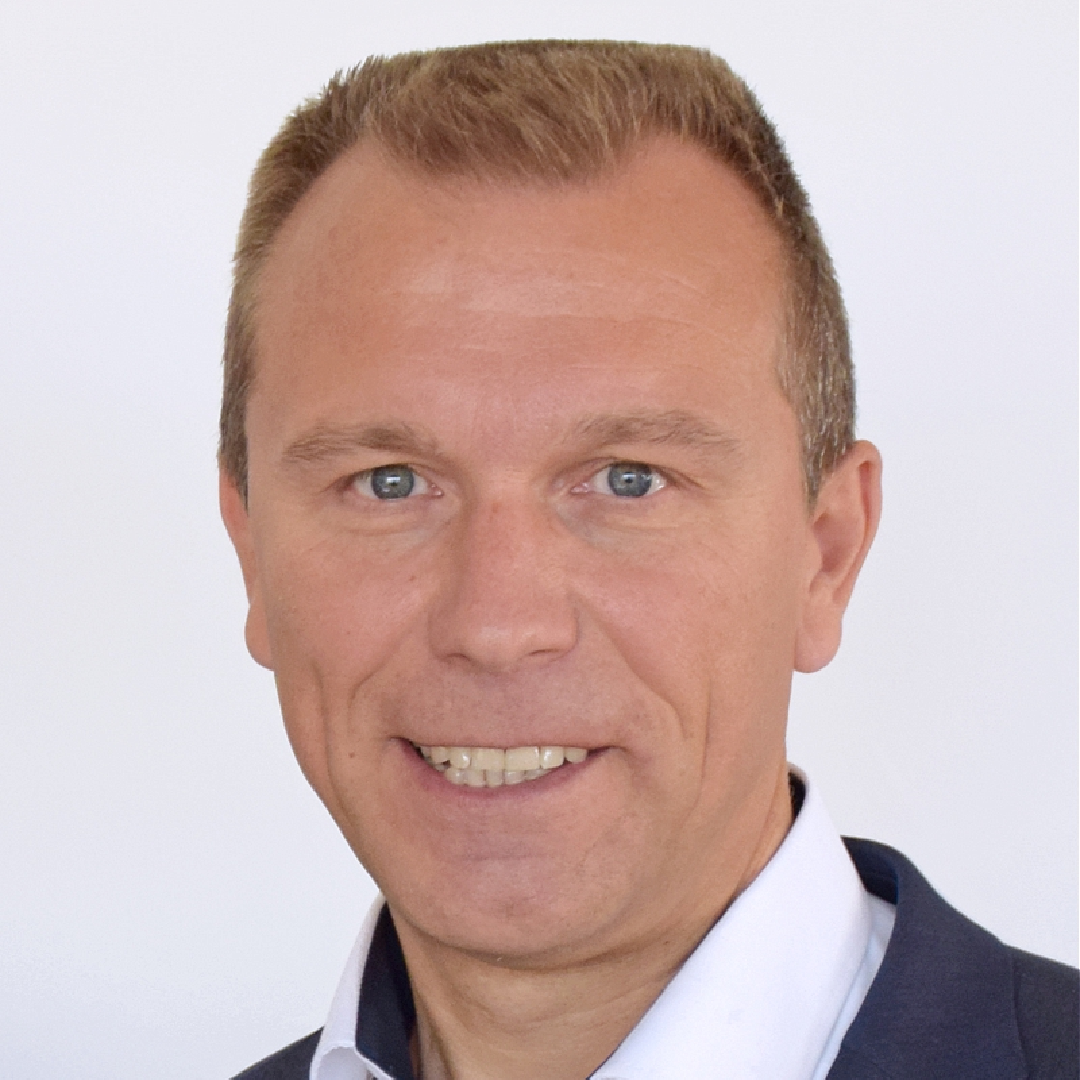
Roland Wagner
Head of Product Marketing - CODESYS GmbH
Roland Wagner has been working for CODESYS Group, formerly 3S-Smart Software Solutions, since 1999. As Head of Product Marketing he has demonstrated his broad expertise in training courses and as an author of many technical articles. He is known in the automation world for his numerous presentations at congresses and trade conferences.

Dr. Matthias Hahn
Software Application Engineer- Intel Deutschland GmbH
Matthias Hahn graduated from university of Karlsruhe (now KIT) in computer science. He joined Intel in 2005. In his current role he works as Software Application Engineer within Intel’s Network and Edge Group (NEX) where he supports Real-Time related industrial automation customer projects.

Dmitriy Pastushenkov
Software Architect - Intel Deutschland GmbH
Dmitriy Pastushenkov is a passionate Software Architect at Intel with more than 20 years of comprehensive and international experience in the industrial automation, industrial Internet of Things (IIoT), real-time operating systems and AI. Dmitriy has held various roles in software development and enablement, software architecture and technical management. Dmitriy started the career at Intel in 2022 as a Software Architect. As a NEX Developer Advocate Dmitriy leads developer communities for the multiple NEX products.





If you forward this email, your contact information will appear in any auto-populated form connected to links in this email.
This was sent to info@learn.odoo.com because you are subscribed to Webinars. To view and manage your marketing-related email preferences with Intel, please click here.
© 2023 Intel Corporation
Intel Corporation, 2200 Mission College Blvd., M/S RNB4-145, Santa Clara, CA 95054 USA. www.intel.com
Privacy | Cookies | *Trademarks | Unsubscribe | Manage Preferences
by "Intel Developer Zone" <intel@plan.intel.com> - 12:11 - 27 Nov 2023





















